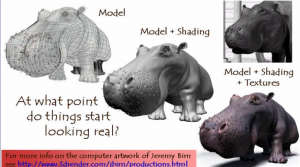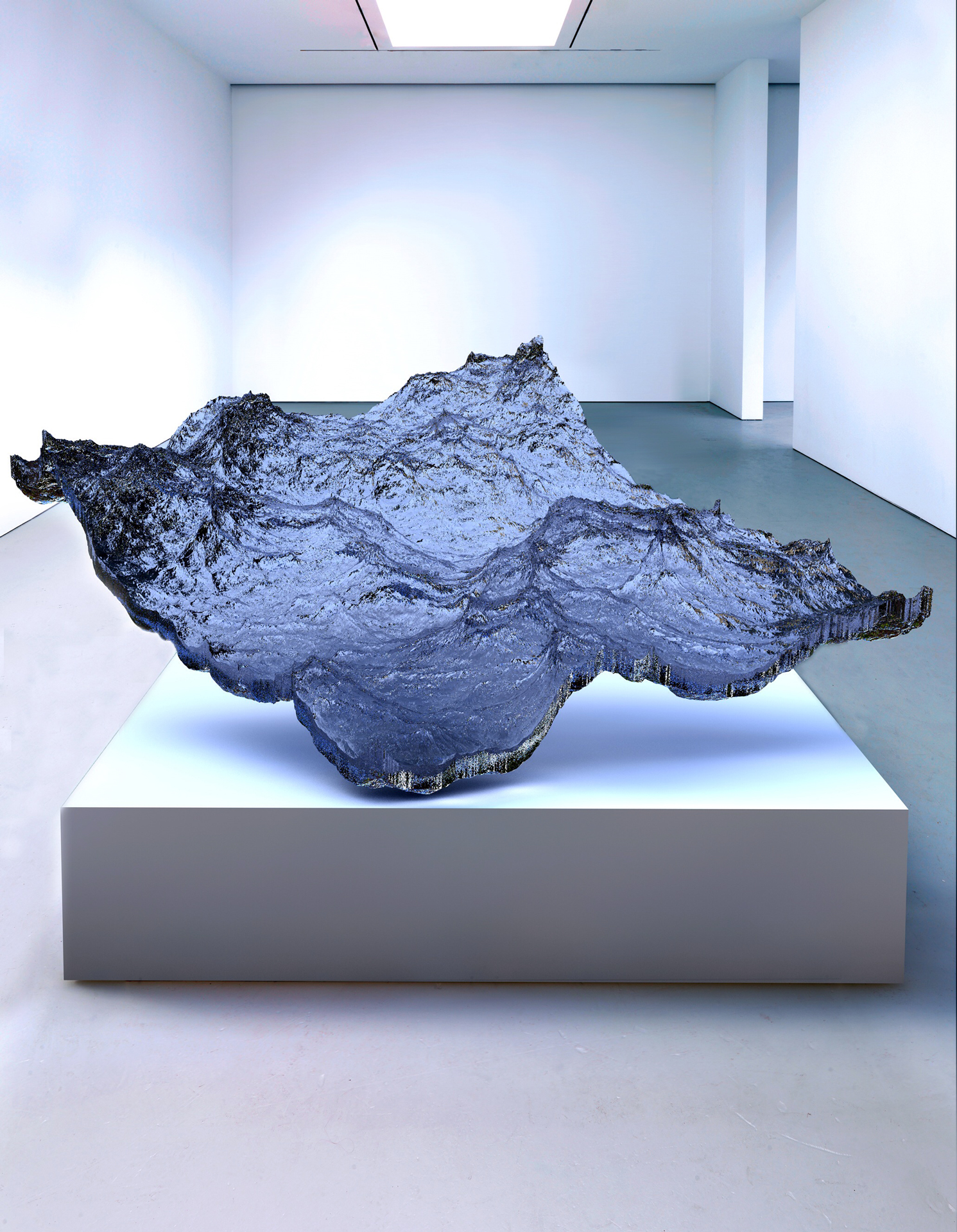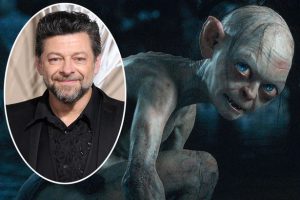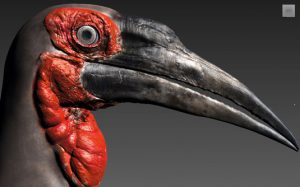
This exhibit, created by TeamLab, is on display at a Japanese festival in Tokyo. These colored artificial fish are projected onto the shallow water and each navigates and changes speed, bursting into flowers when coming in contact with a person. This completely enclosed space has its vastness emphasized by mirrored walls and ceilings, creating a truly immersive experience.
This mystical magical quality of these fish, coupled with the experience of walking through the water in a vast space is quite captivating. I love exploring designed experiences and I think that this one is certainly well executed and intriguing. My one critique on the execution is logistical, but my guess is that it took enormous amounts of resources to put this exhibit together. The pond seems almost ridiculous but I wonder if could’ve been done simpler.
In the digital age that we live in, it seems that ‘experience’ is strongly diverging. On one hand, we seem more attached to our phones and screens, removing us from whole hosts of experiences around us. On the other hand, real experiences cannot be simply replaced by shallow technology. In the future, immersive experiences will only become more rich and valuable. While many things will be replaced by robots or machines in the future, experiences will not and will continue being a place of innovation, expression, and creativity.
![[OLD – FALL 2016] 15-104 • COMPUTING for CREATIVE PRACTICE](../../wp-content/uploads/2020/08/stop-banner.png)








